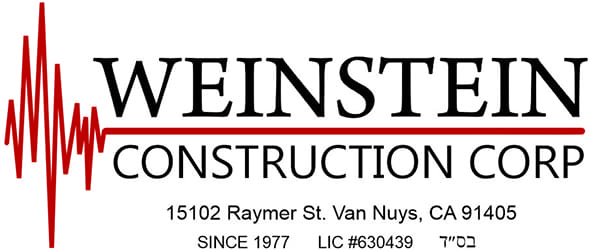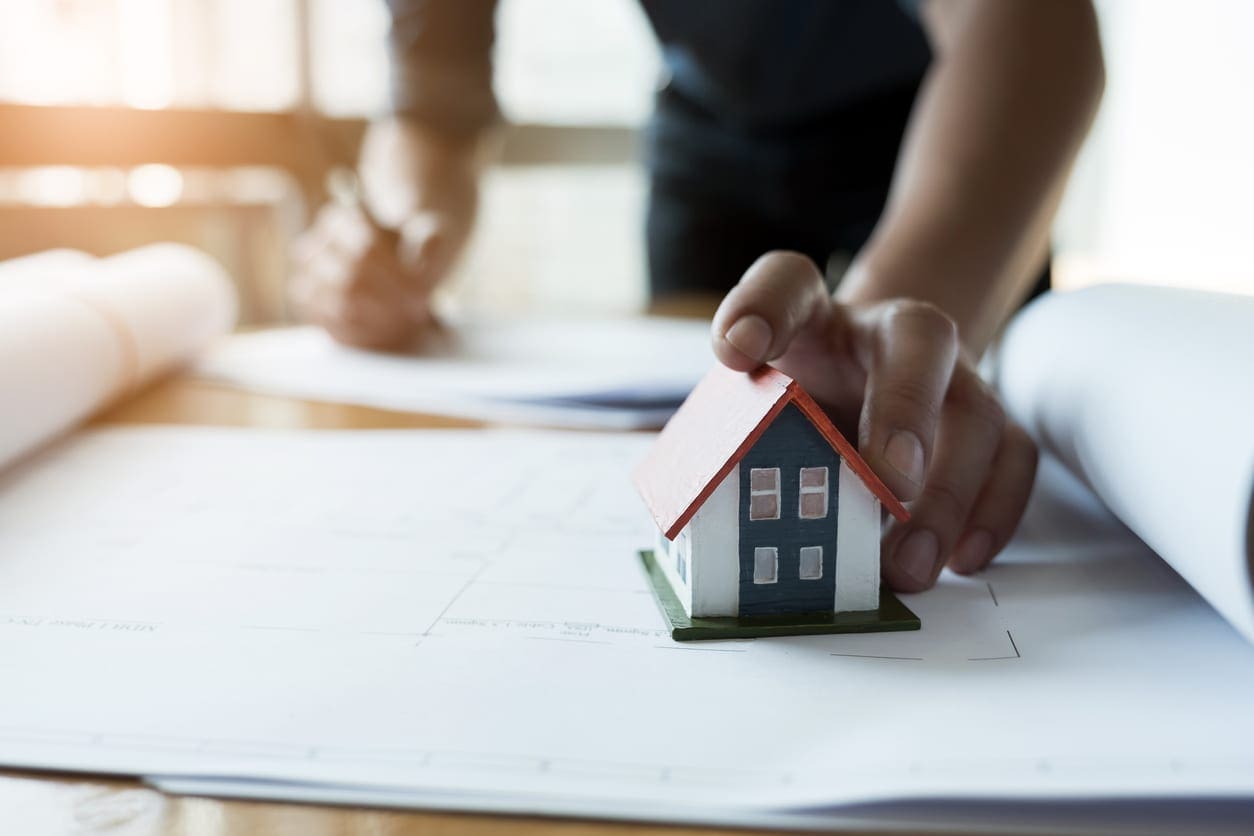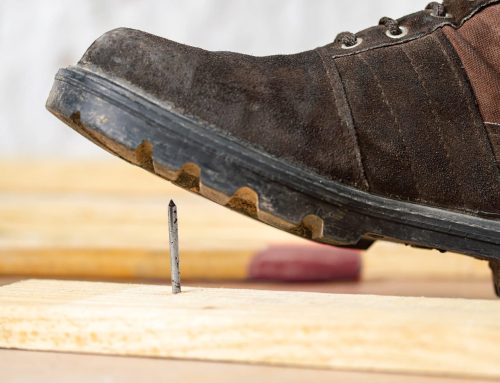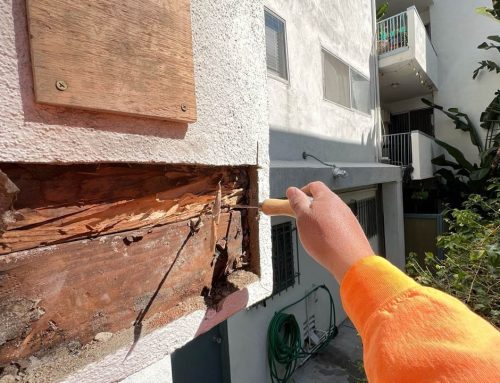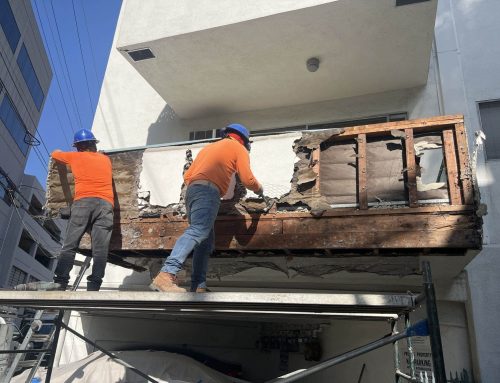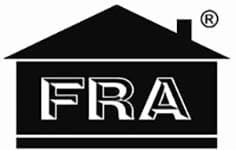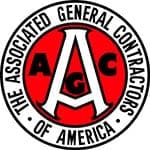Home is a complex work of construction. There are many systems and technical issues that need to be well planned and implemented in order for a new home to work properly and to last a long time. Think about it; someone has to think about electrical systems, plumbing, ventilation, heat systems, air conditioning, running water, and so much more, and they all have to be properly built.
But if you ask the average homeowner how much they know about how their house is set up, they don’t know much about the chances. Some people just assume that things are working well and that everything has been designed and configured as it should be.
Sometimes things aren’t always the way they should be. That’s when the process called retrofit comes into play. Essentially, this means repairing or upgrading areas of the home that are not as strong as they should or could be. Earthquake refurbishment of the home is done to prevent displacement from the concrete foundation of the house. It makes the building stronger and less likely to suffer damage from the earthquake.
Different Steps in Retrofitting Professional needs to determine which form of retrofit would be appropriate for each house, based on a number of factors. Common solutions include: Cripple Wall Bracing Foundation Bolting Anchor to Mud Sill Earthquakes occur suddenly and without warning. Moving on the surface of the earth can cause serious damage to houses. Older buildings are particularly at risk because many have not been designed to withstand shaking and shifting. Strengthening homes can significantly reduce or completely eliminate damage to a home during these forms of natural disasters, and can also prevent injury and even death.
To get started today or for more information, please contact us today to schedule a FREE on-site inspection by our team of Soft Story experts or call us at 888.744.5955
